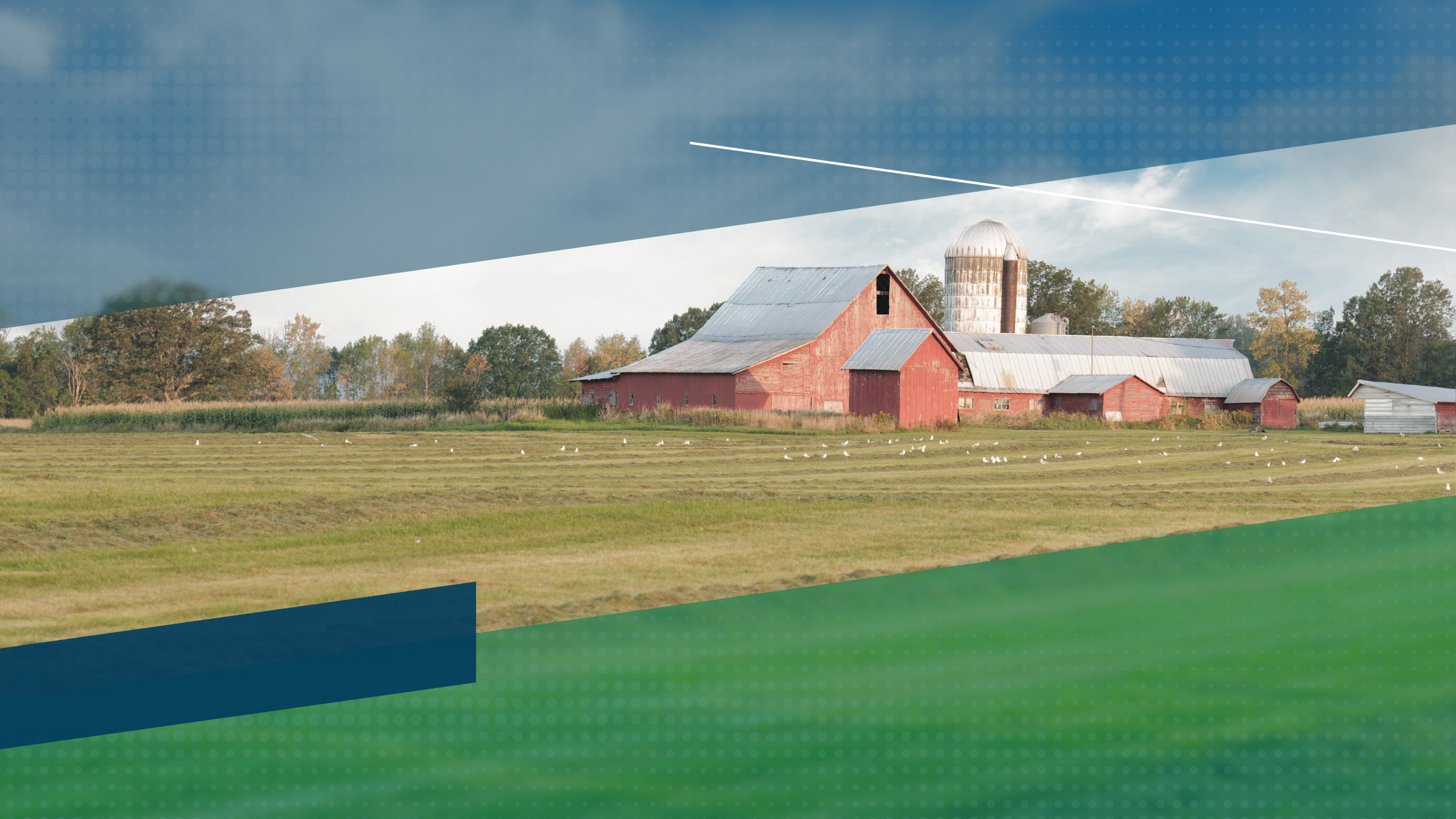A good harvest and the timely arrival of government payments have generally improved the financial condition of Ninth District farmers, according to the results of the Minneapolis Fed's fourth quarter survey of agricultural credit conditions. Farm income jumped in the fourth quarter and capital spending has slightly increased over the grim results of the third quarter survey. Moreover, loan repayments have increased and the percentage of farm borrowers at their loan limit has decreased. Also, lenders are not requiring more collateral for their farm customers. However, despite these improvements, the forecast for farm income remains subdued.
Farm income and spending
Over one-third of lenders report average or above-average farm income in the fourth quarter, compared with just 12 percent in the third quarter survey. Montana farmers' income rebounded the most, as over half of Montana lenders report average or above-average income in the fourth quarter compared to no lenders in the third quarter. However, North Dakota farmers are having the harshest problems: Only 12 percent of North Dakota lenders report average or above-average farm income.
Capital spending increased, but is still depressed, with just 22 percent of bankers reporting average or above-average levels in the current survey. Farm household spending increased slightly; about half the lenders noted average or above-average levels in the fourth quarter, a 10 percentage point increase over the third quarter survey.
Farm loan volumes
This increase in income means farmers can pay back their spring loans. Operating loan volume, except for feeder loans, decreased as those bankers reporting loans at above-usual levels dropped 11 percentage points from the third quarter. On the other hand, demand for feeder livestock loans—perhaps driven by low feed prices—increased, with 11 percent of lenders reporting above-normal levels in the fourth quarter compared to 4 percent last quarter.
Real estate loans returned to normal as nearly half of bankers reported normal levels of real estate loans in the fourth quarter, a big increase from the below-normal levels reported in the third quarter. Machinery loans continue to remain in the doldrums, with nearly three-quarters of bankers reporting below-normal loan volumes in the fourth quarter.
Bank credit conditions and liquidity
This improvement in the financial condition of farms has also had positive effects on bank conditions; above-normal levels of loan repayments are reported by 11 percent of lenders, a slight improvement over the third quarter. Renewals and extensions are starting to stabilize as two-thirds of respondents report normal levels. Moreover, the number of farmers at their debt limit decreased 4 percentage points from the third quarter survey, to stand at about one-third.
Some lenders have decreased collateral requirements. About a third of respondents require higher than normal levels of collateral, down from 38 percent three months earlier. Interest rates for farm loans have increased about 20 basis points from the third quarter, but availability of funds is not a problem as almost all banks report normal or above-normal levels of loanable funds in the fourth quarter.
Outlook
One underlying positive factor in the Ninth District farm sector is the relative strength of land prices. Cropland price increases ranged from an average of 0.9 percent in Minnesota to 8.5 percent in western Wisconsin. "The value of wasteland/wooded has exploded in our area," reported a Wisconsin lender. Meanwhile, pasture land price increases ranged from an average of 2.5 percent in North Dakota to 8.6 percent in western Wisconsin.
But steady to strong land prices and recent improvements in farm income have not improved farm lenders' outlook for the short term. "Recent dry weather has area farmers and businessmen concerned," wrote a South Dakota banker, and that concern is pervasive among responding bankers. Below-average net income is expected in the coming quarter by 71 percent of the lenders. In addition, 84 percent of lenders expect below-normal capital spending levels in the next three months. Still, those numbers are better than last quarter, when 89 percent of lenders expected below-average net income and 92 percent predicted below-average capital spending.
| Fixed Interest Rates | ||||
|---|---|---|---|---|
| Feeder Livestock | Operating | Machinery | Real Estate | |
| 4th Q '98 | 9.5 |
9.6 |
9.4 |
8.7 |
| 1st Q '99 | 9.4 |
9.5 |
9.3 |
8.6 |
| 2nd Q '99 | 9.4 |
9.4 |
9.3 |
8.7 |
| 3rd Q '99 | 9.4 |
9.5 |
9.3 |
8.7 |
| 4th Q '99 | 9.6 |
9.7 |
9.5 |
9.0 |
| * Average of reported rates in mid-November 1999. | ||||
Each quarter, the Federal Reserve Bank of Minneapolis
surveys agricultural bankers in the Ninth Federal Reserve District,
which includes Montana, North Dakota, South Dakota, Minnesota, northwestern
Wisconsin and the Upper Peninsula of Michigan. In November, 96 bankers
responded regarding conditions during the fourth quarter.





